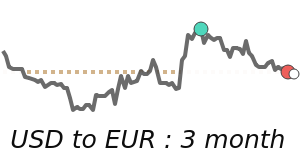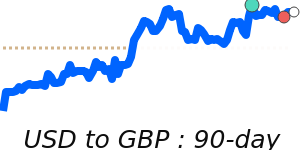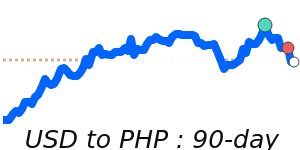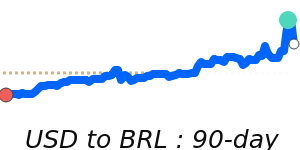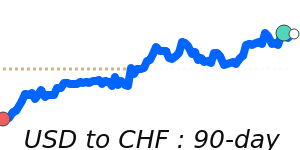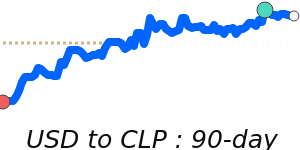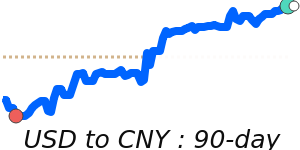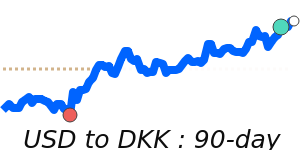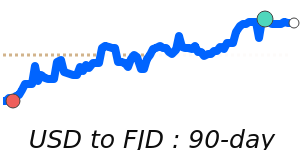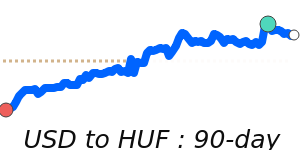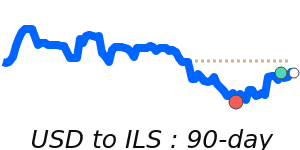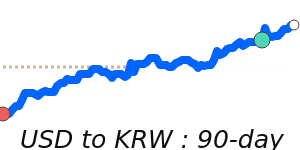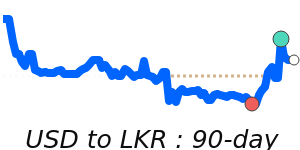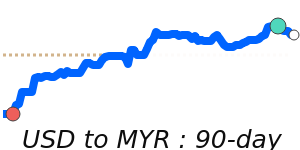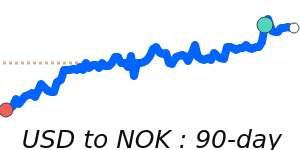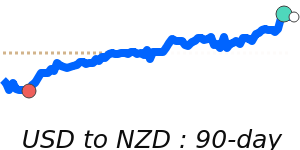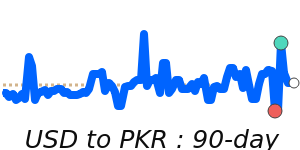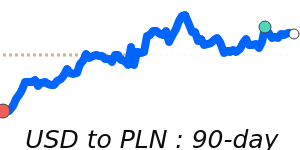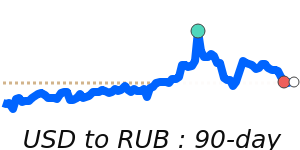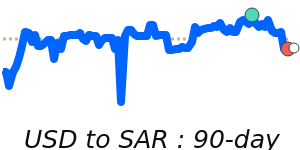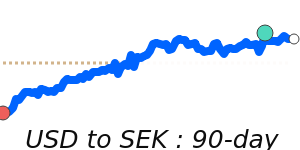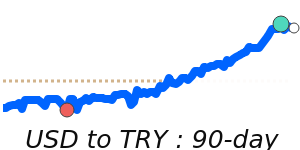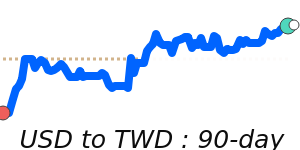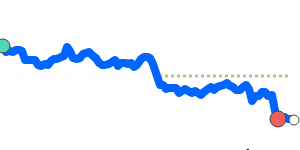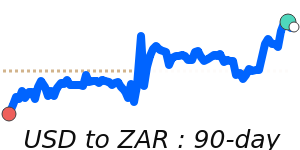The recent performance of the US dollar (USD) indicates a notable correction after a temporary rally, as it softened amidst broader market movements. Factors contributing to this shift include doubts about the sustainability of the Federal Reserve's hawkish stance and increasing trepidation regarding a potential US government shutdown. As the market awaits new economic data, particularly the upcoming US Consumer Price Index (CPI) report, the USD's movements are likely tied closely to general market trends.
Currency analysts note that the USD to EUR rate is currently at 0.8643, a modest 0.9% above its three-month average of 0.857, with fluctuations contained within a 3.4% range between 0.8426 and 0.8711. Meanwhile, the USD to GBP has dipped to seven-day lows near 0.7596, which is 1.9% above its three-month average of 0.7454, while remaining stable within a range of 0.7328 to 0.7681. In contrast, the USD to JPY pair is trading at 153.5—2.7% above its average of 149.5 over the past three months, demonstrating stability within a narrower range of 146.5 to 154.2.
Market experts are closely monitoring external factors influencing the USD, including ongoing tensions in US-China trade negotiations, which may have repercussions on sectors like semiconductors. Additionally, discussions surrounding a transition in Federal Reserve leadership could lead to shifts in the monetary landscape, as emphasized by Treasury Secretary Scott Bessent's call for a leader who can evaluate the Fed's expanding role.
Another significant trend affecting the dollar is the growing effort by various nations to reduce reliance on the USD as a reserve currency, which aligns with the U.S. adopting a more isolationist approach in foreign policy. Moreover, the proposed Mar-a-Lago Accord aims to devalue the dollar while maintaining its reserve status, reflecting an adaptive strategy in international economic relations.
In the oil markets, the recent price of OIL at USD 63.63 is 3.4% below its three-month average of 65.86. This volatility underscores potential impacts on currency pairs, particularly the euro, which can be sensitive to oil price fluctuations. Collectively, these dynamics suggest that the USD's future movements will be dictated by a combination of domestic and international developments, warranting close observation by businesses and individuals engaged in foreign exchange transactions.

